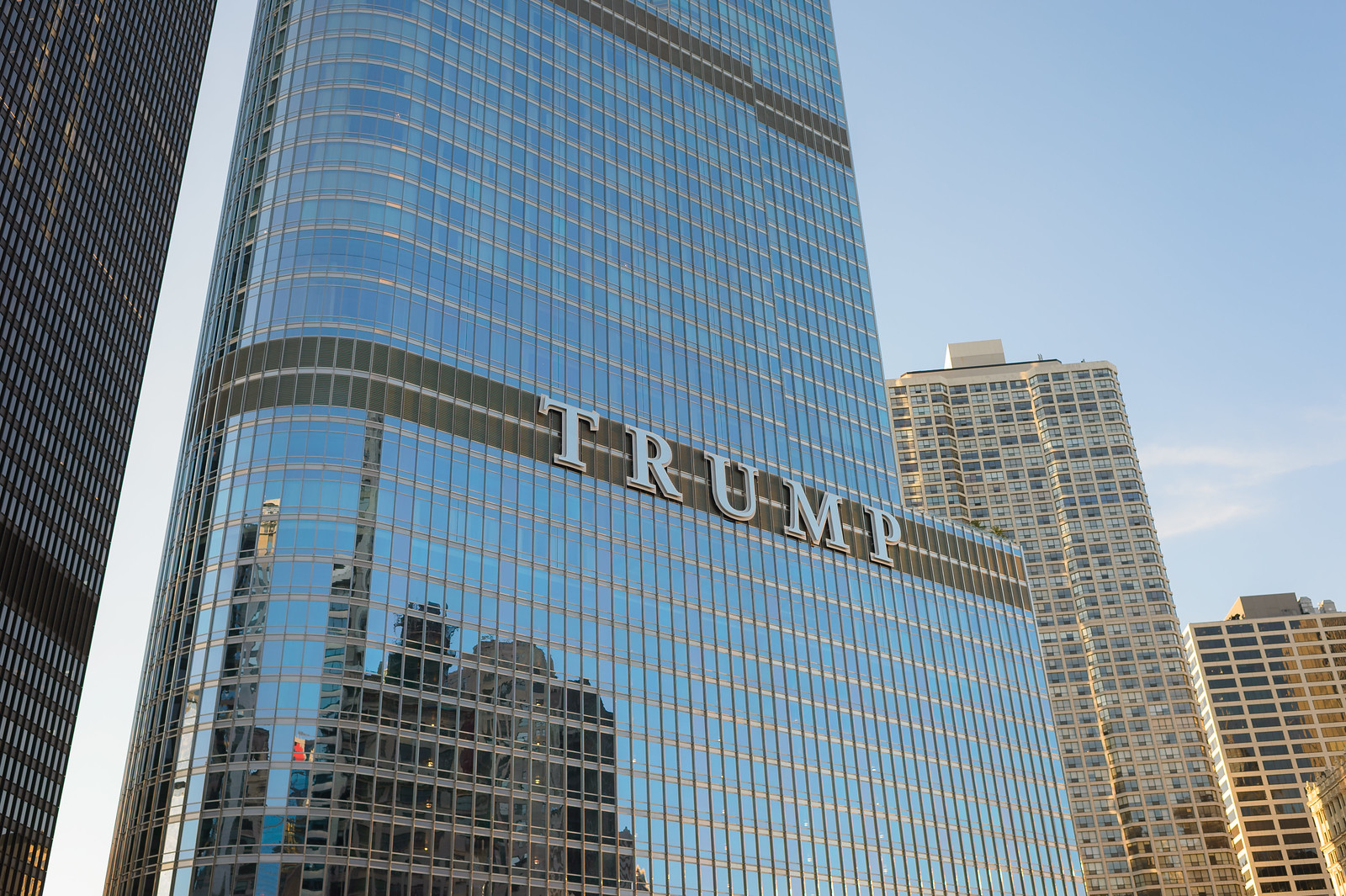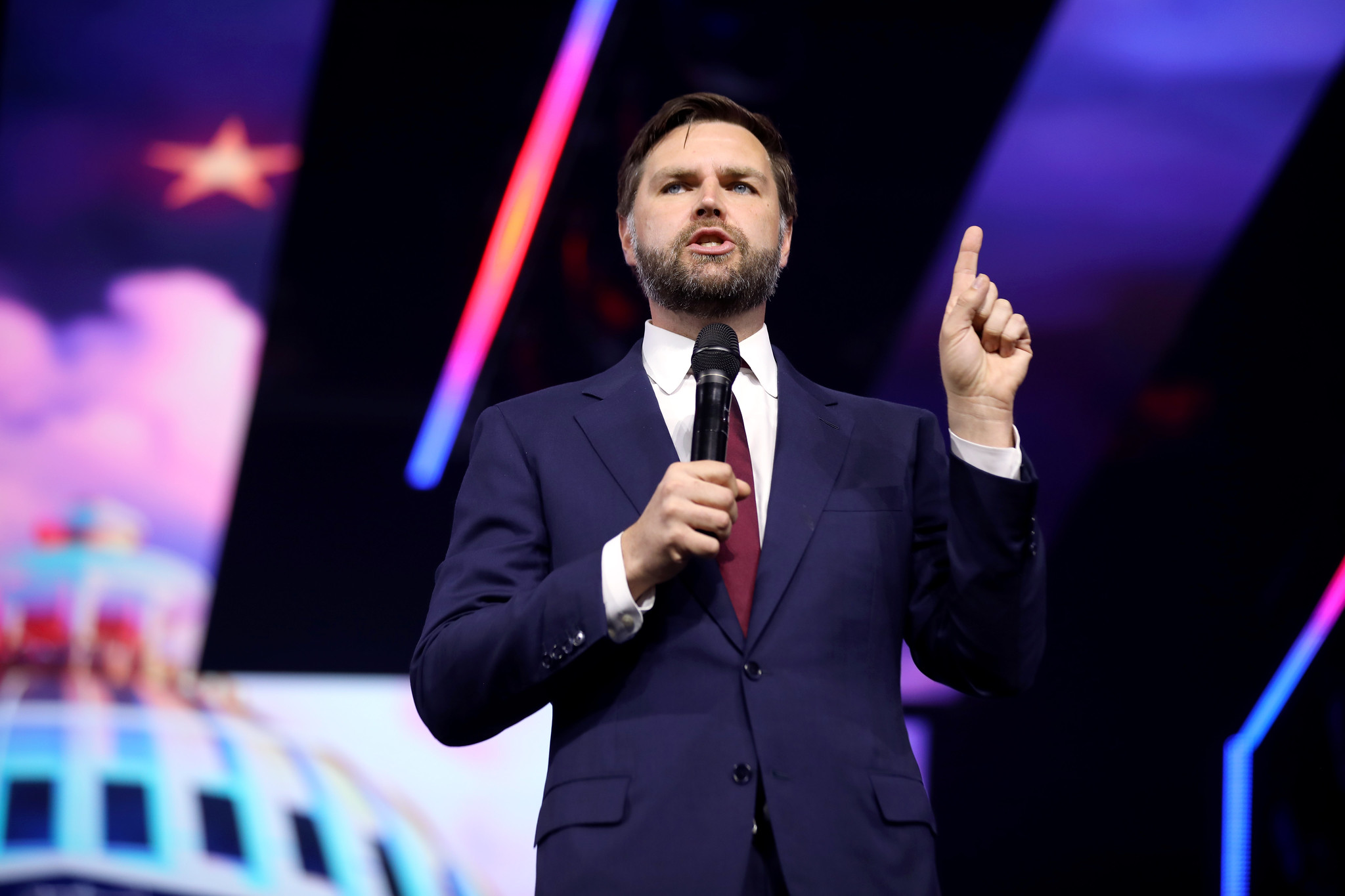Trump’s Misplaced Reliance on Justice Department Memoranda to Protect His Financial Records
President Trump argues that he enjoys an absolute immunity from criminal process so sweeping that it prevents a third party from complying with a preindictment grand jury subpoena. But this is not supported by Justice Department precedents.

Published by The Lawfare Institute
in Cooperation With

This term, the Supreme Court will decide Trump v. Vance, a blockbuster case concerning the legality of a state grand jury subpoena for President Trump’s tax returns and other financial records directed at his accounting firm Mazars. Though the court has temporarily postponed oral argument in the case in light of the coronavirus pandemic, it has not given any indication that the delay in argument will push back resolution of the case beyond this term. Nor should the court delay; the issues raised by this case are incredibly important for delineating the limits on the president’s immunity from judicial process, and they should be decided expeditiously.
Trump has fought the grand jury subpoena in federal court, arguing that he enjoys an absolute immunity from criminal process that is so sweeping that it prevents a third party like Mazars from complying with a preindictment grand jury subpoena—simply because the matters under investigation pertain to the president. To support that claim, Trump relies heavily in his briefing on a number of Department of Justice memoranda and briefs concerning the president’s amenability to criminal process. He suggests that it “has been the consistent position of the Justice Department for nearly 50 years” that the president cannot “be subjected to criminal process” until “he leaves office.”
But the memoranda and briefs that Trump cites do not stand for anything like that proposition. Consistent with Supreme Court precedent, the Justice Department documents explain that any claim of presidential immunity must be subject to a balancing test that weighs the importance of the criminal process at issue against any effect on the president’s ability to fulfill his constitutional functions. And applying that standard, these memoranda and briefs have at most taken the position that a sitting president is immune from indictment and criminal prosecution—an issue the Supreme Court need not decide in Vance.
The Justice Department has never even suggested that presidential immunity could preclude a third party from complying with a grand jury subpoena simply because the investigation relates to the president. To the contrary, the department has consistently explained that the president can be subject to judicial subpoenas and that criminal grand jury investigations can proceed in matters pertaining to the president while he is in office.
The department first addressed the president’s amenability to judicial process in a pair of Office of Legal Counsel (OLC) memoranda in 1973 written by Assistant Attorney General Robert G. Dixon, Jr. In the first memorandum, OLC rejected the notion that the president enjoys a blanket immunity from all judicial subpoenas while in office. In Dixon’s words, “the proposition that the constitutional doctrine of the separation of powers precludes vel non the issuance of judicial subpoenas to the President” lacks support in case law or history. Rather, Dixon endorsed “Chief Justice Marshall’s view that the president is not exempt from judicial process, in particular the judicial power to compel anyone to give testimony.”
To be sure, the memorandum suggested that considerations like executive privilege might require the president to withhold some documents or testimony, and it also acknowledged that the president’s special role in the constitutional system might merit accommodations such as, for instance, being permitted to testify by way of deposition or written interrogatories. But citing Marshall, the memorandum concluded that barring these special circumstances, “the president of the United States may be subpoenaed, and examined as a witness, and required to produce any paper in his possession.” There was no suggestion here that the president enjoys a blanket immunity from judicial subpoenas.
A few months later, Dixon wrote a memorandum addressing the amenability of the president to indictment and prosecution while in office. With regard to the president, Dixon concluded:
Under our constitutional plan it cannot be said either that the courts have the same jurisdiction over the President as if he were an ordinary citizen or that the President is absolutely immune from the jurisdiction of the courts in regard to any kind of claim. The proper approach is to find the proper balance between the normal functions of the courts and the special responsibilities and functions of the Presidency. (emphasis added)
Applying that standard, Dixon concluded that the president is immune from indictment and criminal prosecution during his term in office owing to the unique role of the president and the impact an indictment would have on his ability to carry out his duties as the nation’s chief executive. As Dixon argued, “[t]he spectacle of an indicted President still trying to serve as Chief Executive boggles the imagination” given the “unique” and “onerous” aspects of the modern presidency. However, nowhere in the memorandum was there mention of whether a grand jury could carry out a preindictment investigation that touched on the president’s conduct outside of his official duties, let alone whether a grand jury could subpoena documents from a third party related to that investigation.
Trump’s briefing in Vance also cites another document prepared the same year that Dixon drafted his memoranda—Solicitor General Robert Bork’s memorandum in the U.S. District Court for the District of Maryland regarding the indictment of Vice President Spiro Agnew. Bork concluded that a sitting president is immune from indictment and criminal prosecution, arguing that the president “would not be subject to the ordinary criminal process” owing to “the crucial nature of his executive powers.” According to Bork, this result followed from the unique “scope of … powers” under Article II of the Constitution “that only [the president] can perform unless and until it is determined that he is to be shorn of those duties by the Senate” through removal. Importantly, however, much like Dixon’s memorandum, Bork did not address the president’s immunity (or that of any other officer) from grand jury investigations and subpoenas prior to indictment, let alone a grand jury subpoena directed to a third party.
Moreover, a year later, the Watergate special prosecutor’s office submitted a brief to the Supreme Court that addressed the amenability of the president to criminal process. Though the brief suggested that “[i]t is an open and substantial question whether an incumbent President is subject to indictment,” it concluded that even if he is immune from indictment, the president “nevertheless may be named as an unindicted co-conspirator under the traditional grand jury power to investigate and charge conspiracies that include co-conspirators who are not legally indictable.” While the brief conceded that “indictment would require the President to spend time preparing a defense and, thus, would interfere to some extent with his attention to his public duties, ... naming the President as an unindicted co-conspirator cannot be regarded as equally burdensome,” and therefore is not “constitutionally proscribed.” If the president can be named by a grand jury as an unindicted co-conspirator, it surely follows that he can also be the subject of a grand jury investigation.
The Justice Department did not return to the question of the president’s susceptibility to criminal process until 2000, when OLC issued a memorandum by Assistant Attorney General Randolph D. Moss that again concluded that the indictment or criminal prosecution of a sitting president “would impermissibly undermine the capacity of the executive branch to perform its constitutionally-assigned functions.” The memorandum noted that in the 27 years since OLC previously considered the question, the Supreme Court had issued two important decisions. First, in United States v. Nixon, the court held that “the President’s generalized interest in confidentiality did not suffice to justify a privilege from all criminal subpoenas.” Second, in Clinton v. Jones, the court held that presidential immunity could not preclude a civil action against a sitting president, including a civil trial, concerning the president’s nonofficial actions.
The 2000 OLC memorandum concluded that these intervening precedents did not change the office’s conclusion in the second 1973 memorandum that “indicting and prosecuting a sitting President would prevent the executive from accomplishing its constitutional functions and that this impact cannot be justified by an overriding need to promote countervailing and legitimate government objectives.” Much like Dixon’s memorandum, the office cited the “peculiar public opprobrium and stigma that attach to criminal proceedings” as well as “the unique mental and physical burdens that would be placed on a President facing criminal charges” as justifying this immunity.
Critically, however, the memorandum expressly contemplated the permissibility of a grand jury collecting evidence while a president was in office in order to enable prosecution of the president once he was no longer in office. Moss stated forthrightly that “[a] grand jury could continue to gather evidence throughout the period of immunity, even passing this task down to subsequently empaneled grand juries if necessary” (emphasis added). Indeed, Moss saw the fact that a grand jury could continue to investigate the president while he served in office as a critical reason why there was “less reason to fear a prejudicial loss of evidence in the criminal context” even if indictment were delayed until after the president left office. Moreover, the memorandum cited an earlier nonpublic OLC memorandum for the conclusion that “a judicial subpoena in a criminal case may be issued to the President, and any challenge to the subpoena must be based on the nature of the information sought rather than any immunity from process belonging to the President.” Rather than casting doubt on the permissibility of grand jury subpoenas related to presidential conduct, Moss’s memorandum repeatedly suggested that such subpoenas are not precluded by any presidential immunity.
Throughout all these memoranda and briefs, then, the most the Justice Department has said is that a president is immune from indictment and criminal prosecution. Yet the amenability of a president to indictment or criminal prosecution is not at issue in Vance. The case concerns only the legality of a preindictment grand jury subpoena of a third-party accounting firm, Mazars, regarding an investigation that pertains to the president. Indeed, it is Mazars that must comply with the subpoena, not the president, and the president is not required to do anything at all. The judicial process at issue thus hardly carries with it the burden or stigma of a criminal indictment.
In sum, the Justice Department memoranda and briefs concerning the president’s amenability to judicial process do not say what President Trump says they do. Nowhere do these memoranda suggest, let alone hold, that presidential immunity can preclude a third party from complying with a preindictment grand jury subpoena. Instead, they repeatedly make clear that the president can be the subject of judicial subpoenas and that a grand jury can continue to investigate the president while he is in office. They pose no bar to Mazars complying with the New York grand jury subpoena at issue in Vance.





